We started raising mealworms for our chickens because it’s such a great way to save some cash!
For most people in the world, mealworms are pests because they love to get into flour, cereals, pet food, grains, mill feed, and other dried goods, thus ruining them.
For backyard chicken owners like us, however, they’re kind of like white gold since you can save quite a few bucks on your feed while providing an entertaining meal for your flock. They provide extra protein for your flock, and you can’t go wrong with that.
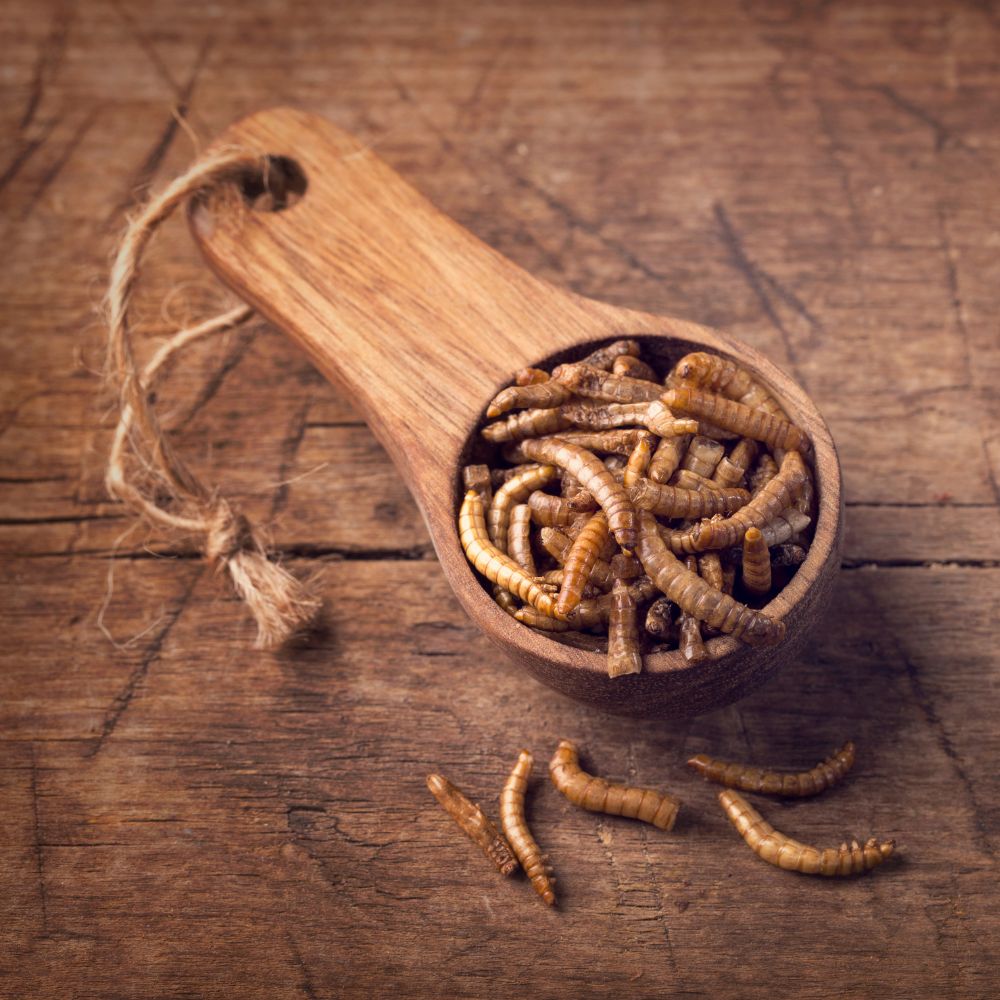
It’s pretty easy to do, and in this article, I’m going to tell you about raising mealworms for chickens. Back in the day, this is how our ancestors increased the protein intake of their heritage chicken breeds.
While it might seem a little creepy-crawly to a lot of my readers, it’s an easy, low-cost way to raise a high-protein food for our hens. Plus, they LOVE them.
It’s true, my Brahmas, Silkies, and Ameraucana hens all love them! And while we know a healthy diet can increase the life span of backyard chickens, there’s also something to be said for bringing your flock joy.
Table of Contents (Quickly Jump To Information)
How to Raise Mealworms For Your Chickens
You can dry mealworms, and store them for quite a while, and while alive, they’re easy to rear, and reproduce in huge numbers since the female darkling beetle (mealworms are the larvae of the darkling beetle) lays more than a hundred eggs at a time!
Housing for Raising Mealworms
Growing mealworms for chickens at home just takes a few steps. You do have to face the music: you WILL have to deal with creepy crawlies. Besides that, you do have to pay attention to the timing so you grab mealworms before they turn into beetles.
You’ll want to start to raise at least 500 mealworms to get the volume of insects you’ll need to supplement your flock’s diet. Remember, you will have to raise mealworms to maturity and let them reproduce before harvesting them for your flock.
- The first thing you’ll need is housing for your mealworms. Ideally, you will have several “homes” going so the insects aren’t crowded. Most people use a set of plastic Tupperware drawers (something like this). They’re solid, easy to clean, easy to see the insects in their various stages of life, and have space for air. If you like, you can also drill more holes (I would use a thin drill bit, such as a ⅛-inch bit).
- You will also need a substrate in the drawers; oatmeal is a popular option (and what we use) because the insects can feed on it, it doesn’t mold very fast, and it’s inexpensive.
- After putting your mealworms inside their new home where you’ll raise them, you’ll want to either keep them in a warm, dark place or, if you can’t (let’s say the only place to keep them is on the front porch), place a piece of cardboard on top of each individual drawer (just lightly) to provide darkness.
- Keeping them warm can also help the larvae pupate faster.
I’ve also found that keeping them close to your chicken run or building a coop with a specific area for mealworm production makes things a LOT easier. (Read this article for other coop features I think are important and check out my free chicken coop plans here.)
Feeding Your Mealworms
The insects you’ll raise (both mealworms and the adult darkling beetles) eat food you can source right in your own kitchen, including dry oats, cornmeal, chopped carrots, apples, or potatoes.
If you are using oatmeal as their bedding, you can just add a few bits of each fruit/vegetable. Make sure to check often to see if they need more food, and to remove mostly-eaten or moldy food.
Start with more than you think they need, watch to see how much they eat, and adjust from there.
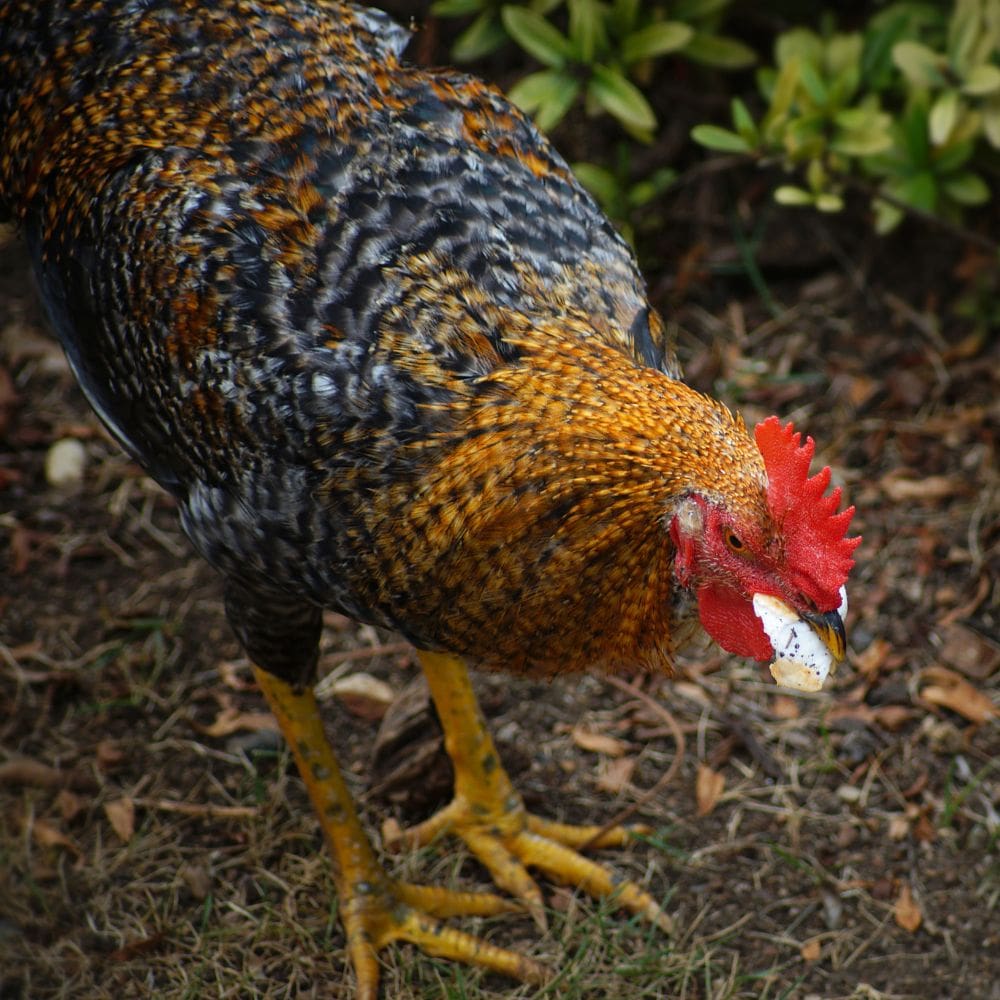
Mealworm Life Cycle
Egg
The egg is the first stage of life for a mealworm, and it takes around 1 to 4 weeks to hatch and for the larva to develop. It is a tiny, white bean-shaped egg, about the size of a fragment of dust.
Larva
This is the second stage and lasts about 8 to 10 weeks. In this stage, the insect is a mealworm, and it’s these critters that you will feed to your chickens.
For the proportion that you will keep so they can grow into adults, they will form a tough exoskeleton, and as it grows, they will molt and shed the hard shell. Molts will happen about 10 to 20 times during this stage.
Pupa
This is the stage before it turns into an adult darkling beetle. At this stage, it will turn into a white pupa. It has legs and wings, but they are not functional, and the only movement it makes is to wiggle. The pupa stage lasts one to three weeks, then transforms into an adult.
Adult
This is the final stage of the life cycle. At first, the beetle will be white with a soft exoskeleton. As the exoskeleton hardens, it turns black.
Although the beetle has wings, it doesn’t fly, and after 1 to 2 weeks your new darkling beetle will begin to mate and reproduce. The female beetles burrow into the soil a few days after mating, and lay eggs.
Where You Can Buy Mealworms
Now that you know more about the lifecycle of the mealworm/darkling beetle than you ever wanted to know, let’s talk about where you can get starter stock to start raising mealworms for chickens.
You can order mealworms on Amazon to kickstart your farm like these here.
Allow some of the mealworms to grow into adults so that they reproduce and lay eggs, creating a cycle of free food for your backyard chickens!
How Many Mealworms to Feed a Chicken
So the next question you probably have is how to feed mealworms to your flock (or at least how much to feed). There’s no set answer to this; just play it by ear. It will depend on what chicken feed you use. If you use a high-quality feed like this, you won’t need to start with as many mealworms.
A good start is a ½ a cup per chicken and increase or decrease as needed. You can read more details about what chickens eat here.
At some point, you might be able to completely eliminate a commercial ration for your chickens (including your laying hens), as long as you feed other foodstuffs (e.g., fresh produce, legumes for fat) as well. You might even find your flock lays better eggs! If you decide to eliminate your regular feed, be extra careful to ensure they are getting the proper nutrition they need.
Don’t want to start raising mealworms yourself?
Find dried mealworms in my store!
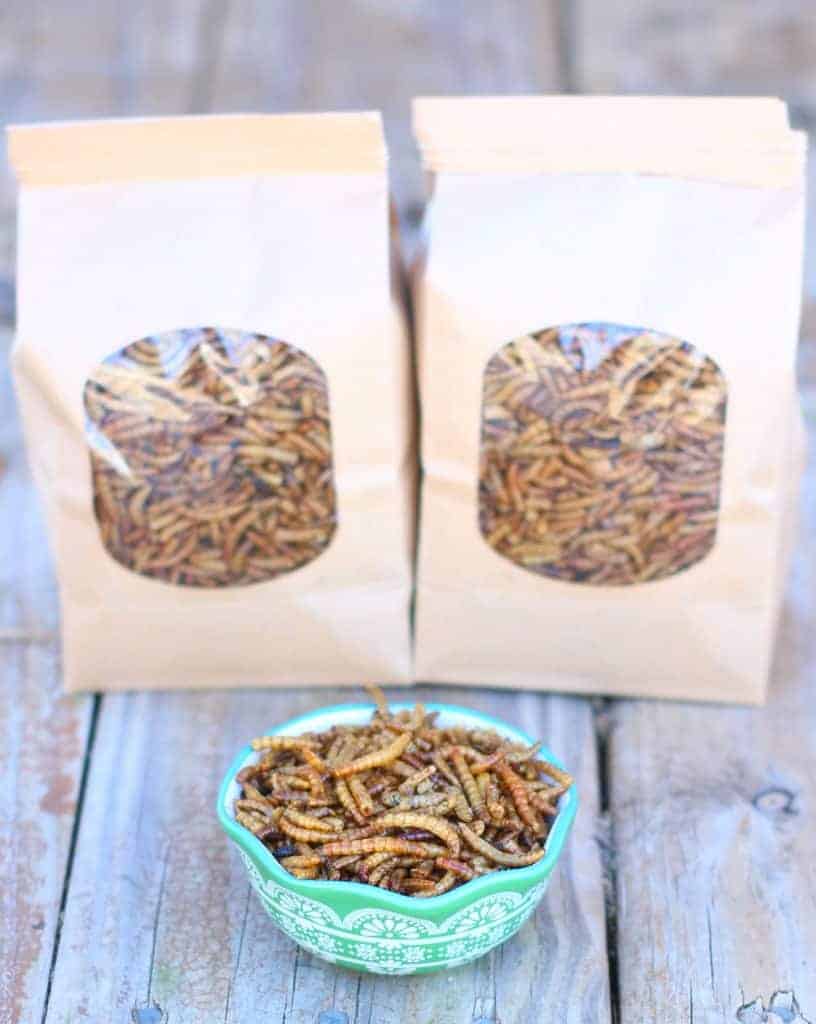
Yes, I want mealworms for my spoiled hens! Click HERE!
BONUS: Raising Mealworms for Profit
If you happen to find yourself with more mealworms than your backyard chickens can eat and have neighbors who also have chickens, you can use your personal mealworm farm for profit. Some strategic chicken keepers even breed mealworms to sell for a bit of cash.
Since they don’t cost very much to raise, and the adult beetles lay a LOT of eggs, you might very well find yourself with a viable business on your hands! (No promises though).
More Articles on What to Feed Your Chickens:
- What do Chickens Eat?
- Homemade Suet Cakes for Chickens
- Lavender Springtime Treat Mix for Chickens
- Pumpkin Seed Deworming Treat for Chickens
- Can Chickens Eat Algae?
- Backyard Chicken Treat for Good Tasting Eggs
- Can Chickens Eat Citrus?
Maat van Uitert is a backyard chicken and sustainable living expert. She is also the author of Chickens: Naturally Raising A Sustainable Flock, which was a best seller in it’s Amazon category. Maat has been featured on NBC, CBS, AOL Finance, Community Chickens, the Huffington Post, Chickens magazine, Backyard Poultry, and Countryside Magazine. She lives on her farm in Southeast Missouri with her husband, two children, and about a million chickens and ducks. You can follow Maat on Facebook here and Instagram here.

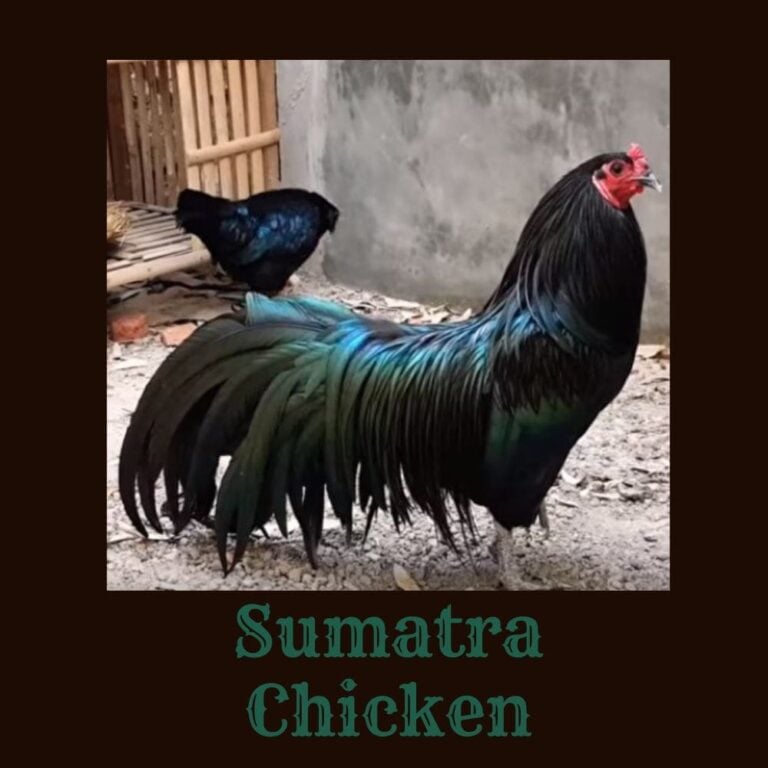


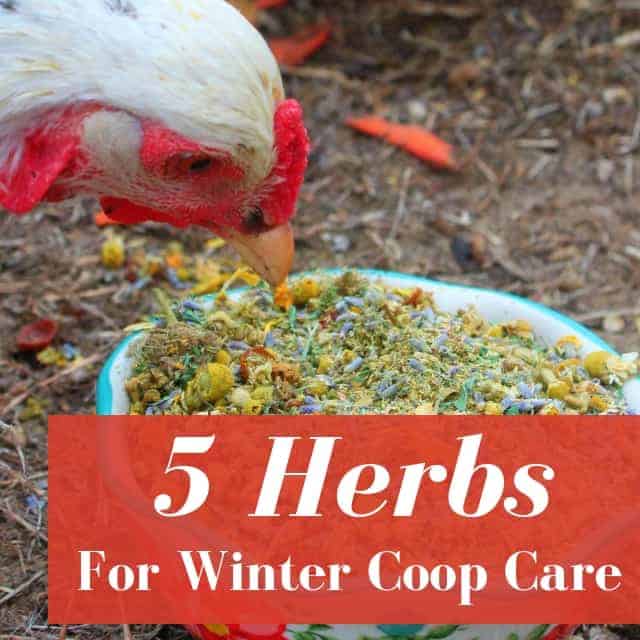
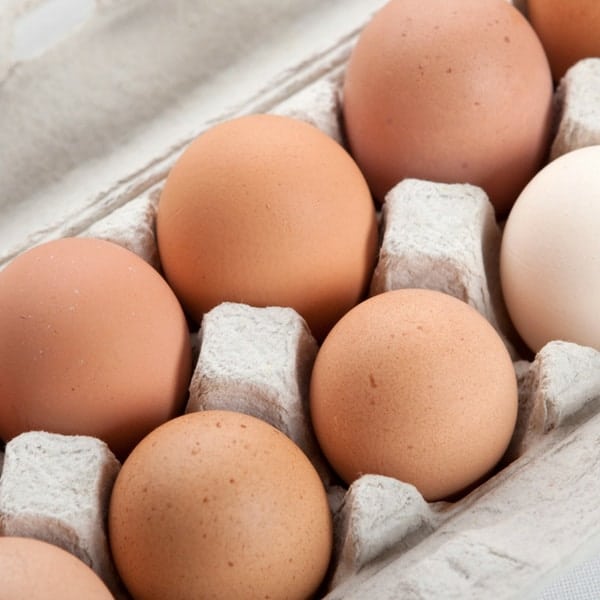
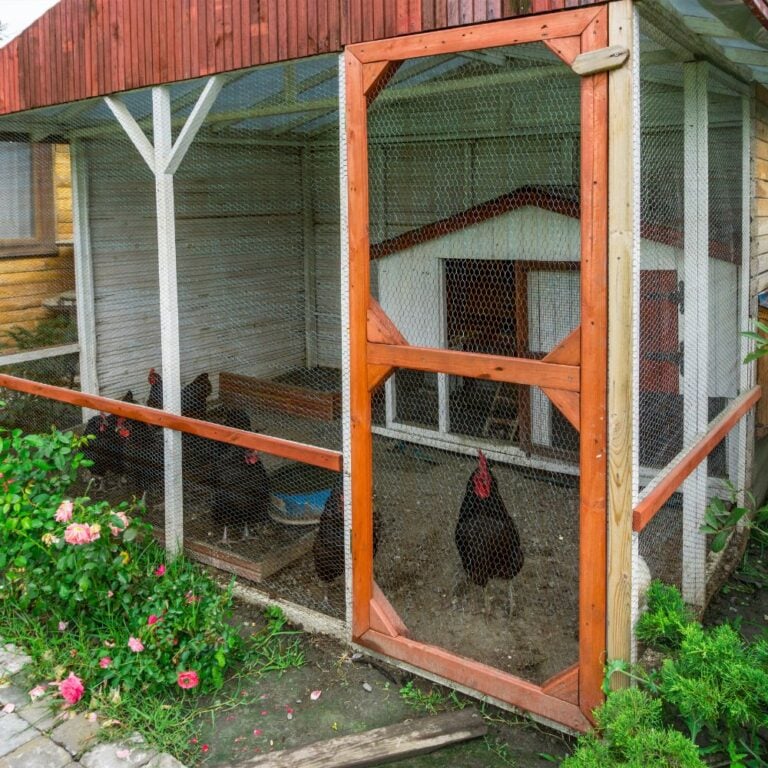
So how would you dry them for saving for later use or to sell?
Yes. I am eager to see this work. Combining this with sprouts will be very reasonable .
I am eager to try this for my flock mealworms are very good for them but also very expensive we live on a fixed income & just starting go homestead any thing that will save money yet is good for us or our animals is worth trying, thank you for another great tip!!
i want to. Raise mealworms…
My girls love meal worms. We will be starting to raise them.
Trying to raise now. My chickens love them and prefer the live worms. I want to keep both. PS I tried a human grade MM at a farm swap meet. It was ok. Surprised it wasn’t nasty at all. Kind of pork rind crossed with nuts.
Mine love dried mealworms so I am going to try this. They also love pears – great crop this year and they have had loads of windfalls.
Im new to chickens, but not to reptiles.
Raising reptiles and feeding them mealworms…essentially the mealworms were candy for lizards. Made them fat…with hardly any nutritional value what so ever…just saying.
Studies have shown that the mealworms are a good source of protein for chickens. Of course, if someone doesn’t want to feed mealworms, there are other options for extra protein.